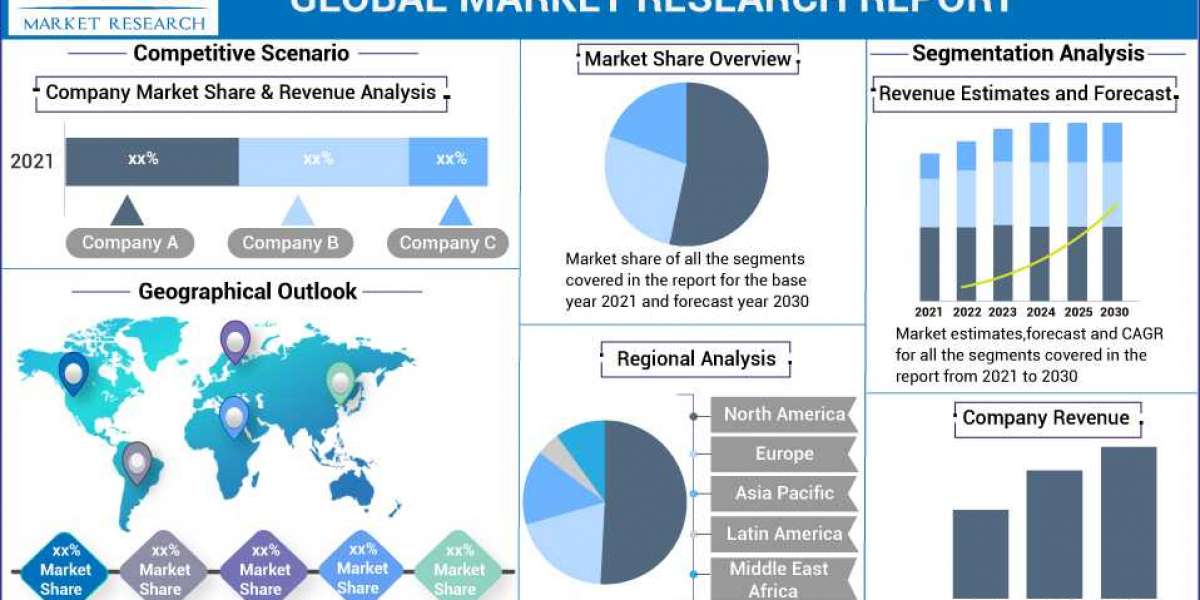Understanding Global Settings in SAP FI
Global settings in SAP FI encompass a range of configurations and parameters that govern the behavior of financial accounting processes on a global scale. These settings serve as the backbone of the FI module, providing the framework for defining organizational structures, financial reporting standards, and currency valuation methods. Understanding and configuring these settings correctly is essential for ensuring compliance, accuracy, and efficiency in financial operations.
Key Components of SAP FI Global Settings
Organizational Structure: At the core of SAP FI global settings is the definition of the organizational structure, which includes elements such as company codes, chart of accounts, and fiscal year variants. Company codes represent legally independent entities within an organization, each having its own set of accounts and reporting requirements. The chart of accounts provides a framework for classifying financial transactions, while fiscal year variants define the accounting periods used for reporting purposes.
Financial Reporting Standards: SAP FI supports various financial reporting standards, including Generally Accepted Accounting Principles (GAAP) and International Financial Reporting Standards (IFRS). Global settings allow organizations to configure the appropriate reporting standards based on their jurisdiction and regulatory requirements. This ensures consistency and compliance in financial reporting across different regions and entities.
Currency and Exchange Rate Settings: Currency configuration is a critical aspect of SAP FI global settings, enabling organizations to manage transactions in multiple currencies seamlessly. Global settings allow for the definition of currency types, exchange rate types, and valuation methods, ensuring accurate translation of foreign currency transactions and consolidation of financial statements.
Document Numbering and Control: Document numbering and control settings govern the assignment and sequencing of document numbers in SAP FI. Global settings allow organizations to define document number ranges, assign number assignment rules, and configure document types for different types of transactions. This ensures proper documentation and tracking of financial transactions, facilitating audit trails and compliance with regulatory requirements.
Visit Us https://connectingdotserp.in/
Optimizing Financial Management with SAP FI Global Settings
Efficient configuration and utilization of SAP FI global settings can yield numerous benefits for organizations:
Standardization and Compliance: By standardizing global settings across different entities and regions, organizations can ensure consistency and compliance in financial reporting and accounting practices. This facilitates regulatory compliance and enhances transparency and credibility in financial statements.
Enhanced Reporting and Analysis: Global settings enable organizations to configure financial reporting structures and formats tailored to their specific requirements. This facilitates accurate and timely reporting of financial performance, enabling stakeholders to make informed decisions and identify areas for improvement.
Streamlined Processes: Properly configured global settings streamline financial processes by automating routine tasks, reducing manual errors, and improving efficiency. This translates into cost savings, increased productivity, and faster decision-making, driving operational excellence and competitive advantage.
Adaptability and Scalability: SAP FI global settings are designed to accommodate changing business needs and evolving regulatory requirements. Organizations can easily adjust settings to reflect changes in organizational structure, reporting standards, or currency fluctuations, ensuring agility and scalability in financial management.
Enquiry Now https://connectingdotserp.in/#enquiry
Investing in SAP Courses for Financial Excellence
To harness the full potential of SAP FI global settings, investing in SAP courses is essential:
Foundational Training: SAP offers foundational courses covering basic concepts and functionalities of SAP FI. These courses provide a solid understanding of global settings and their impact on financial processes, laying the groundwork for further specialization.
Advanced Certification: For professionals seeking advanced proficiency in SAP FI, certification programs offer in-depth training and hands-on experience in configuring and optimizing global settings. SAP certification validates expertise and enhances career opportunities in financial management roles.
Continuing Education: As SAP evolves, staying up-to-date with the latest developments and best practices is crucial for professionals working in financial accounting. SAP courses provide ongoing education and training opportunities, enabling professionals to stay ahead of the curve and maximize their potential.
Read More https://connectingdotserp.in/what-identifies-sap-s-4hana-from-sap-ecc/
Conclusion
In conclusion, global settings play a pivotal role in SAP Financial Accounting, serving as the cornerstone for accurate, compliant, and efficient financial management. By understanding and optimizing global settings, organizations can streamline processes, enhance reporting capabilities, and drive financial excellence. Investing in SAP courses empowers professionals to master SAP FI global settings, unlocking new opportunities for career advancement and organizational success.
We'd love to hear from you! What are your experiences with SAP FI global settings? How have SAP courses helped you in your career journey? Share your thoughts and insights in the comments below.







